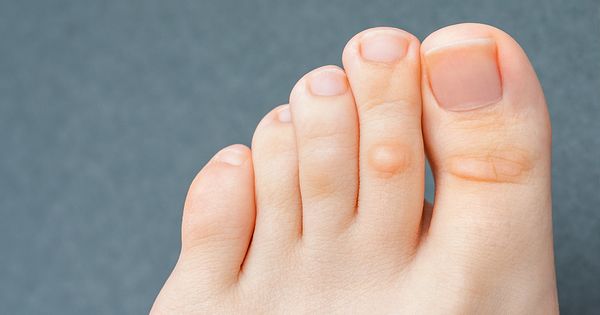As we age, our bodies undergo various changes, and sometimes these changes can manifest in unexpected ways. One common but often overlooked health concern among older adults is thickened toenails. While it may seem like a minor inconvenience, thick nails can be a sign of underlying issues that require attention.

Understanding the Causes
Thick toenails can be caused by a variety of factors. Fungal infections, injuries, and medical conditions like diabetes and psoriasis are some common culprits. Our feet provide a perfect breeding ground for fungi due to their dampness, often leading to infections that start on the skin and spread to the nails. Conditions such as onychomycosis, where a new nail grows beneath an infected one, and onychauxis, which causes the nails to become curled and yellowed, are frequent causes of thickened toenails. Furthermore, injuries or immune-related conditions can also result in thick nails.
Recognizing the Symptoms
It is important to recognize the symptoms of thickened toenails to ensure timely treatment. Symptoms often include discoloration, brittleness, debris under the nails, and foul odors. If left untreated, these issues can lead to complications such as tissue damage, nail loss, or infections that spread to surrounding areas. In severe cases, this can even result in serious health problems like cellulitis or sepsis.
Treating Thickened Toenails
Addressing thickened toenails requires persistent care. However, treatment can be challenging as medications often struggle to penetrate the nail. There are some home remedies that may help, such as soaking your feet in a vinegar-water mixture or applying antifungal creams afterward. Natural solutions like tea tree oil or Vicks VapoRub can also be effective. In advanced cases, oral medications or laser therapy might be necessary. It is crucial to consult a healthcare professional for accurate diagnosis and guidance.
Prevention is Key
Prevention plays a vital role in avoiding thickened toenails. By maintaining proper foot hygiene, trimming your nails regularly, and keeping your feet dry, you can reduce the risk of developing thick nails. Certain risk factors should be kept in mind, including walking barefoot in public spaces, frequent pedicures, wearing ill-fitting shoes, and having immune-compromising conditions. Protecting your feet in communal areas like locker rooms and using separate clippers for infected and healthy nails can also minimize risks.
Patience during the Recovery Process
Recovering from nail infections can be a lengthy process, sometimes taking up to a year for healthy nails to fully grow back. During this period, it is crucial to adhere to your treatment plan and maintain cleanliness. Regularly disinfecting socks and shoes, as well as promptly addressing athlete’s foot, can help prevent a recurrence of the infection.
Take Care of Your Feet
Your feet deserve proper care and attention. By understanding the causes of thickened toenails, seeking timely treatment, and adopting preventive measures, you can maintain healthy nails and reduce the likelihood of complications. Remember, a little care can go a long way in keeping your feet happy and healthy as you age.
READ MORE
- Apply pressure to these points on your hand – and relieve pain in minutes
- Sleeping on your left side can bring incredible health benefits



